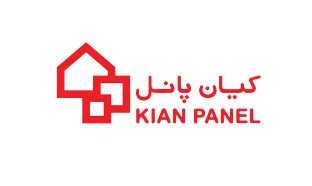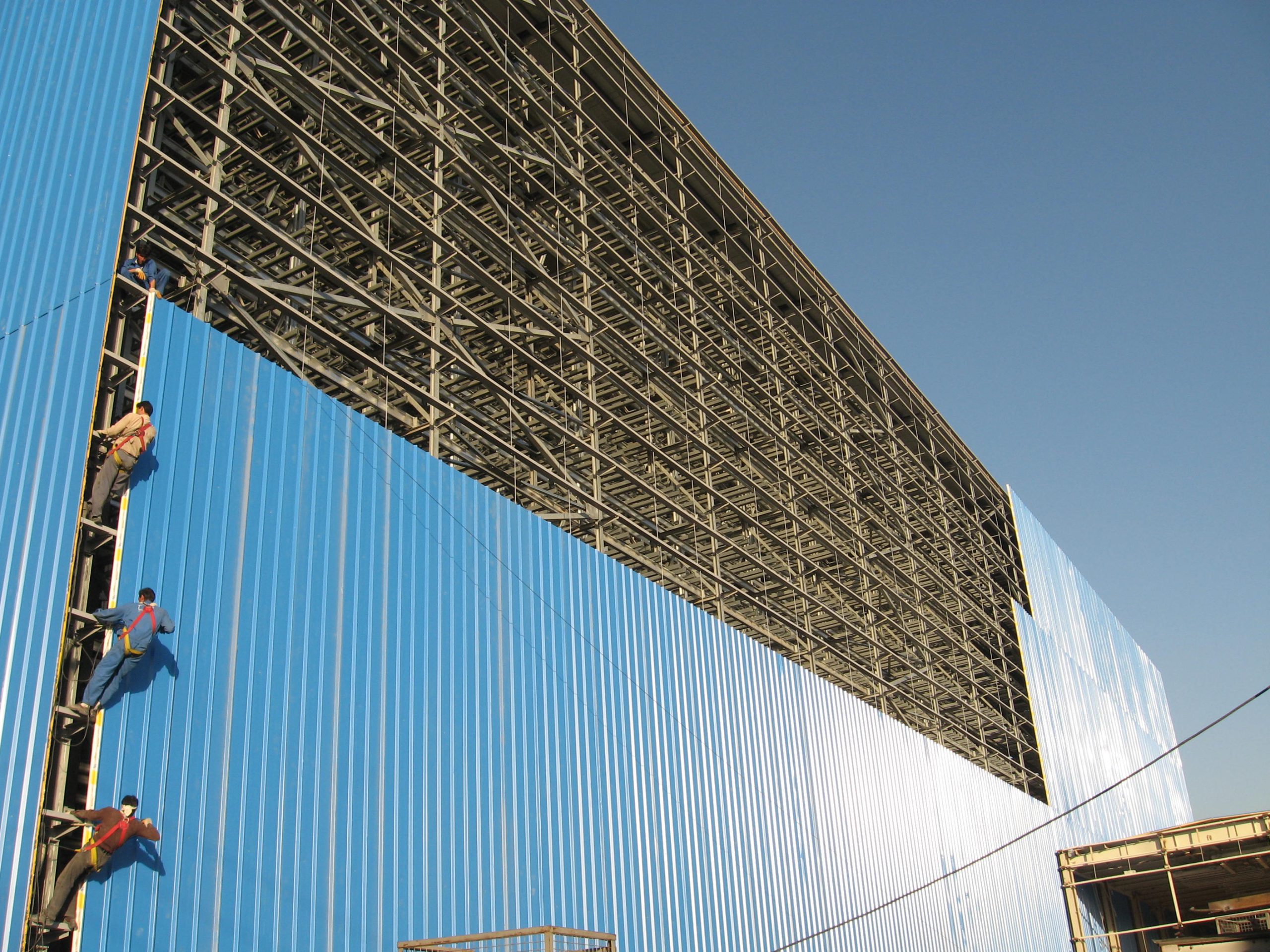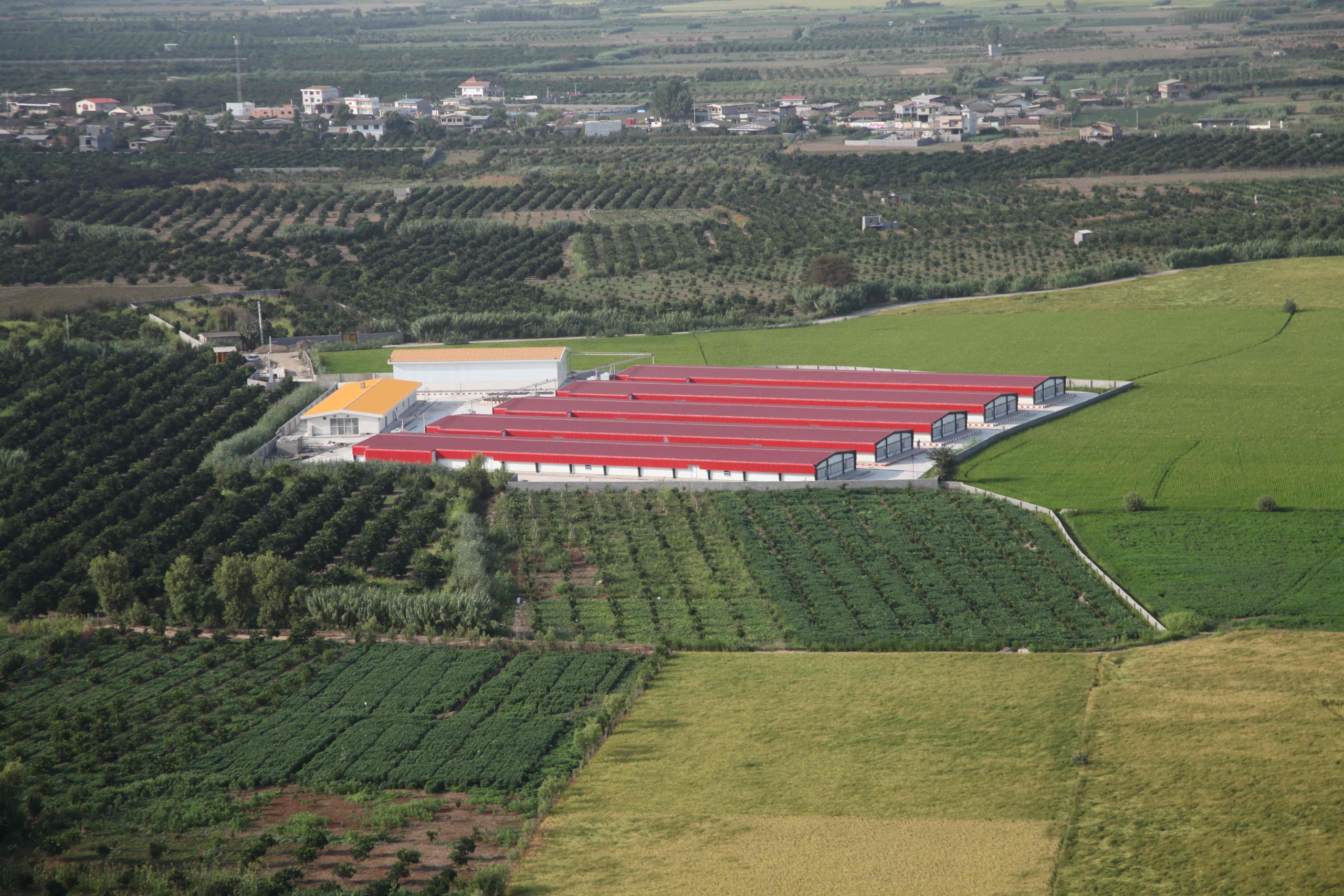Sandwich panel:
It is called a wall or a roof that consists of light compounds and is limited to two layers of sheets on both sides, and there is an insulation layer in between. Sandwich panels are usually made of materials such as polyurethane, XPS, polystyrene, rock wool, and Glass wool is produced. The central core is usually composed of materials such as polyurethane, glass wool, rock wool, polystyrene and XPS, which reduces the weight of the sandwich panel. It is surrounded by materials such as pre-painted Aluzinc sheet, galvanized sheet or pre-painted aluminum, which has good resistance to environmental conditions.
Upper metal sheet:
The first and most important components of the sandwich panel are the upper metal sheets. This part of the sandwich panel can be called the most important and main part of this product. The upper sheet is the first part of the structure that is related to external factors. If this part does not have enough strength and resistance, penetration into other parts will be easily possible.
Important points regarding the upper metal sheets:
During the production of these sheets, their thickness cannot exceed a certain limit. The standard thickness of the sheets should be around 4 to 5 mm. Normally, if we intend to increase the strength of these sheets, we can profile them. did Profiling metal sheets means to create patterns on the surface of the sheets. Among the most common methods of profiling, we can mention trapezoidal, wavy and checkered designs. The reason for choosing outer sheets made of steel and aluminum is that they showed the best performance in the tests performed on them.
Bottom metal sheet:
Among other components of the sandwich panel, the bottom sheet that is installed behind the product is supposed to be placed inside the structure, so it is important to pay attention to the design of this part. Since sandwich panels are produced and supplied in a wide range of colors, we can give you the assurance that you will not have to worry about the appearance of your building.
Important points regarding the lower metal sheets:
This group of sheets, unlike the outer sheets, are placed in the inner part of the structure. The outer sheets are more exposed to destructive factors, so they must be produced with a higher thickness, while the lower sheets are placed in the inner part of the structure. and not dealing with external factors, they don’t need high thickness. The material of the outer and inner sheets can be the same, in this case, harmony in the structure of the structure is maintained. In some cases, due to technical and specialized reasons, the walls of sheds or factories are made of sandwich Panels are not made, in this case, after building the wall with traditional materials, sandwich panels are installed on it. In such cases, the inner sheet will be removed from the sandwich panel structure.
central core:
The central core is another component of the sandwich panel, which is made of insulating foam. The most important task of this section is to isolate the sandwich panel against heat and sound.
Important points regarding the central core:
In the not-so-distant past, glass wool and stone wool were used for the middle core of sandwich panels. Maybe in some collections they still use this type of material, but according to global standards, it is currently the best material for the middle core of insulating foam. The injection of insulating foam between two sheets is done when two sandwich sheets The panel is pre-heated and is subjected to pressure accordingly. The thickness of the foam used in this product is negotiable depending on the opinion of the buyer. To determine the thickness of the foam density that can be produced in sandwich panels, the conditions and the place where the sandwich panel is to be used should be considered.
Types of sandwich panel central core:
Among the most common and famous insulating foams that are used to complete the sandwich panel components, the following can be mentioned:
Polyurethane foam, glass wool, polystyrene foam, rock wool
Galvanized sheet:
If you cover iron metal with a layer of zinc metal, you get a galvanized sheet. The zinc metal layer makes this sheet highly resistant to rust and corrosion. This method of strengthening the steel sheet is known as galvanization. Galvanized sheet is produced in various brands in Iran, and its type and quality must be ensured for its preparation.
How to produce galvanized sheet:
At the beginning of the galvanized sheet production line, the incoming coils from the cold rolling line are connected to form a continuous strip. After passing through this production stage, the washing part begins, in which it is degreased by alkaline substances and completely cleaned by brushing and washing with warm water. Finally, these sheets must be dried, which is done with hot air.
Application of galvanized sheet:
- Panel
- Electricity
- shutter
- air channel
- petrochemical
- Cable tray
- Sandwich panel
- Refrigeration
Aluzinc sheet:
Aluzinc increases the resistance of steel against corrosion. The thickness of the sheets is made of Alozinc material 0.5 mm in different colors and 25 micron thick super polyester in the outer layer and 7 micron inner primer color in the connection between the sheet and the foam, which prevents corrosion.
Aluzinc sheet alloys:
- zinc 43.4%
- Silicon 1.6%
- Aluminum 55%
Aluzinc sheet application:
Sandwich panel, rebar, pharmaceutical and food industries, health industries and petrochemical industries are other uses of Aluzinc S sheet. Aluzinc roof sandwich panel and wall sandwich panel are used in high acidity environment and dense industrial space.
Aluminum sheet:
This type of sheet is made of aluminum metal and is used in both ceiling and wall designs, which have different designs and prices of sandwich panels.
Features of aluminum sheet:
- fragility
- being light
- packing
- being stainless
- bendable
- construction
- High durable goods
- Transportation Industry
Conclusion:
Iron and aluminum metals have the highest usage rates in the sandwich panel industry. Due to the superiority of some features such as long life, higher resistance and affordable price of Aluzinc sheet (a combination of aluminum and zinc) compared to aluminum sheet, it is used more in sandwich panel production.



